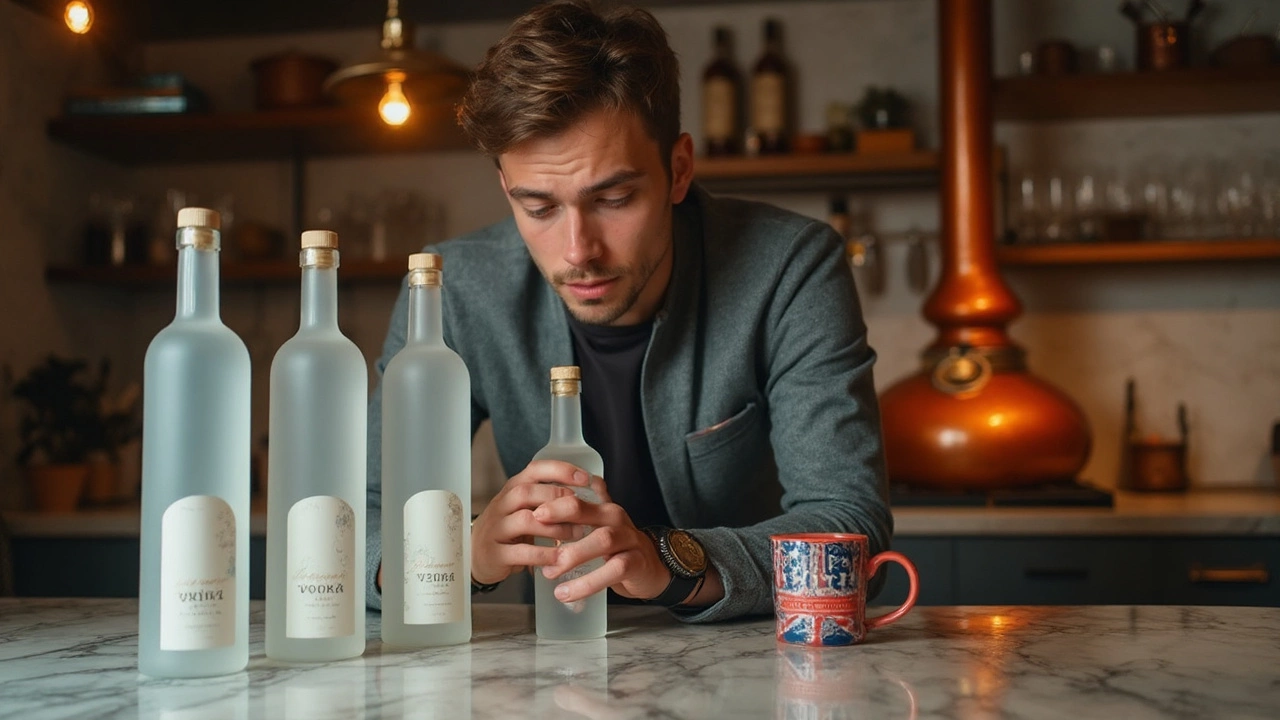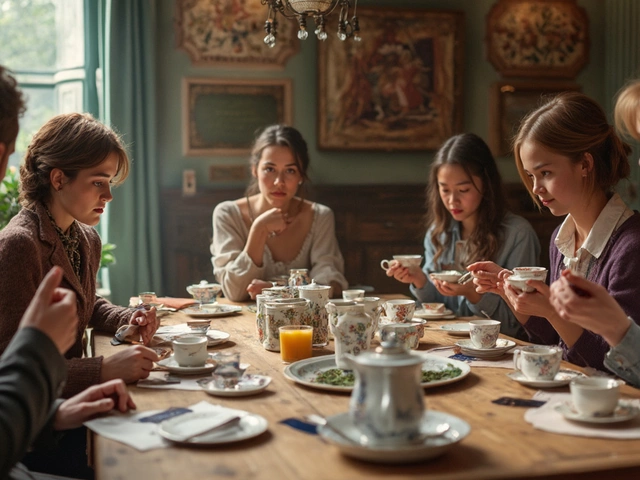High-End Spirits: What They Are and Why They Matter
If you’ve ever wondered why some bottles cost hundreds or even thousands of dollars, you’re not alone. High-end spirits aren’t just pricey, they’re crafted with extra care, rare ingredients, and a lot of history. From single‑malt whiskies aged for decades to small‑batch gins infused with exotic botanicals, the luxury market offers something for anyone who loves a good sip.
In this guide we’ll break down what makes a spirit “high‑end,” point you to a few standout bottles, and give you simple tips for tasting and buying. No jargon, just straight‑forward advice you can use next time you’re at the bar or browsing online.
What Makes a Spirit High-End?
First off, it’s all about quality and rarity. Premium whisky, for example, often spends 12, 18 or even 30 years in oak barrels. The longer it ages, the more flavors it picks up from the wood – vanilla, caramel, spice. A limited‑edition release might use casks that previously held sherry or port, adding a unique depth that’s hard to find in mass‑produced bottles.
Gin follows a similar rule but focuses on botanicals. A high‑end gin will use hand‑picked herbs, rare citrus peels, and sometimes even local ingredients like mountain springs. The distillation process is slower and more precise, which gives a cleaner, more nuanced taste.
Vodka, while often thought of as a neutral spirit, can be elevated through the source of its base ingredients – think winter wheat from a specific farm or glacial meltwater. Distillation runs multiple times, and the final product is filtered through charcoal or even diamond dust in ultra‑luxury brands.
Aside from the ingredients, the packaging plays a role. Hand‑blown crystal bottles, embossed labels, and custom wooden boxes tell a story and add perceived value. These details don’t change the liquid, but they do affect the overall experience.
How to Taste and Choose High-End Spirits
When you crack open a premium bottle, give it a moment to breathe. Swirl a little in the glass and take a gentle sniff. Look for layers – fruit, spice, smoke – that unfold one after another. Take a small sip and let it roll over your tongue. Good high‑end spirits won’t burn; they’ll feel smooth and balanced.
If you’re buying, start with a clear goal. Want a whisky to sip neat? Look for older age statements or limited editions from respected distilleries. Need a gin for cocktails? Choose one with a botanical profile that matches your favorite mixers – floral for tonic, citrus for a martini.
Don’t forget to check reviews and awards. A gold medal at the San Francisco World Spirits Competition, for instance, is a reliable sign of quality. Also, compare price per milliliter – some boutique bottles might be pricey but still offer good value for the experience they deliver.
Finally, trust your palate. You don’t need to spend a fortune to find a spirit you love, but a high‑end bottle should give you something new, whether it’s an unexpected spice note or a silky finish. Try a small tasting set before committing to a full bottle; many online retailers offer sampler packs for just that purpose.
Bottom line: high‑end spirits combine rare ingredients, careful aging or distillation, and a bit of storytelling. By understanding what sets them apart, you can pick bottles that truly enhance your drinking moments. Cheers to discovering your next favorite luxury sip!
This article breaks down what makes premium vodka stand out among all the bottles on the shelf. You'll get a clear look at how it's made, what separates it from cheaper options, and why some brands get that premium label. Along the way, discover unexpected facts about vodka production and some tips to help you pick a winner next time you shop. If you've ever wondered what's actually inside that sleek, frosted bottle, this is for you. It's vodka talk—straight up and simple.
View Details

